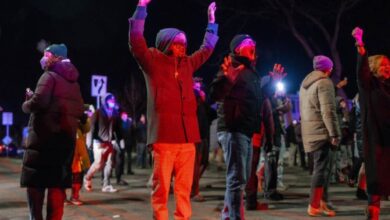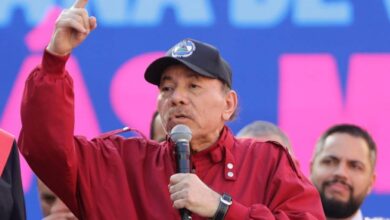The Coronavirus Generates High Unemployment For Millennials
Millennials have been the most impacted generation due to the COVID-19 pandemic's financial crisis.

The Woman Post | Carolina Rodríguez Monclou
Listen to this article
At the beginning of the lockdown, one of the most recurrent questions was: What will happen to my job?
The pandemic created one of the most alarming unemployment rates along the year, being March and August critical months for the young citizen's economy.
According to the U.S. Employment & Training Administration, "over one million people have applied for unemployment insurance each week."
This means that nearly 15% of working people became unemployed for the pandemic's financial crisis. To overcome the situation, many people reported their unemployment benefits.
In total, over 50 million North Americans filed for unemployment insurance since the lockdown began, according to the U.S. Bureau of Labor Statistics.
Unlike in many other wealthy countries, North Americans depend on their jobs to pay for food and housing, and health care. That has meant that an alarming number of people have lost their jobs, incomes, and health insurance during a public health emergency.
Also read: Tips to Stick to Your Holiday Budget
No doubt the COVID-19 pandemic laid bare the critical role of the U.S.'s unemployment system as well as its flaws.
"Millennials who are currently between the ages of 24 and 38 are often said to be the most overworked and underpaid generation. Many are still recovering from the 2008 financial crisis, and now millennials may be the hardest hit group by the economic turmoil of the pandemic," CNBC reports.
U.S. Bureau of Labor Statistics shows that unemployment was around 4 to 5% since 2015. However, when many sectors of the economy were forced to close to stop spreading the CORONAVIRUS, that percentage spiked.
Unemployment is over 10%, but millions of people have not received the benefits they need to overcome the crisis by themselves or their families.
ProPublica reports that only 24% of jobless white workers, 22% of jobless Hispanic workers, and only 13% of unemployed black workers have received unemployment benefits during the pandemic.
Franklin D. Roosevelt, the 32nd U.S. President, signed in 1935 the Social Security Act, which provides state unemployment insurance. Although every state has its own way of giving these benefits, this option is available for every citizen across the U.S.
According to the law, jobless people can receive these benefits for up to 6 months if they're actively searching for work.
Before the COVID-19 pandemic, unemployment was used as a temporary solution to compensate about half of the workers' wages in between jobs.
The CORONAVIRUS pandemic has created a massive backup in the U.S. unemployment system. There is an essential percentage of Millenials in the country without college degrees that work in retail and service industry roles. However, it's unclear if there are positions for jobless Millenials to return to at the end of the pandemic.
At the moment, young adults can rely on the benefits given by the government. The problem is that with so much unemployment, it will be challenging to give all these payments on time for everyone who needs them.





